People use a high-pressure air compressor for various applications, including fire, diving, industrial, and paintball. They are very costly if you buy from a marketplace. But knowing how to build a high pressure air compressor will reduce your cost.
Building your own high pressure air compressor is not an arduous task. You can prepare one for yourself by following our instructions written in the next part of this article. Just consider the type of use, cost, and space requirements.
How to Build A High Pressure Air Compressor
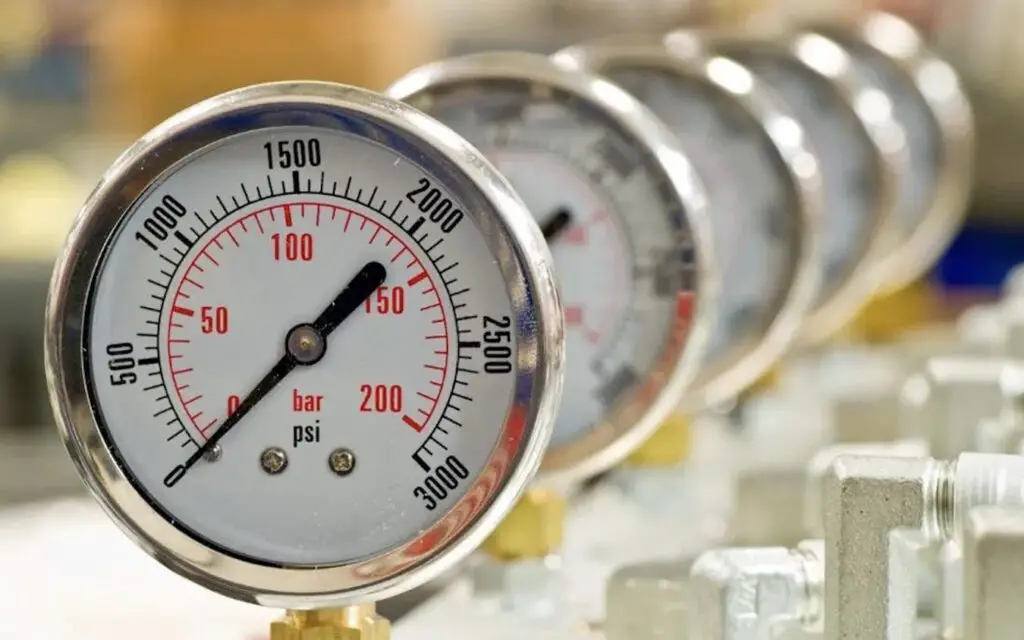
Now, it’s time to talk about the process of building your own air compressor. Make sure you pick the suitable pressure vessel for your DIY air compressor before you start building it. Moreover, it is critical because overfilling a pressure unit might result in an explosion, which is highly hazardous.
Step 1: Arrange the necessary tools
It’s best to have a manual switch, an automatic shut-off, and a pressure gauge in addition to the motor and pump, although these aren’t essential. A DIY compressor’s motor and air pump may have various parts, but you must select according to the project’s needs.
To build a DIY air compressor, you’ll need a motor, pump, and a way to store the compressed air you produce. If you don’t have the money to buy new ones, you may be able to find them elsewhere.
You can utilize propane tanks, gas tanks, and even old fire extinguishers to make a DIY air compressor’s pressure vessel. However, you must ensure the tank is in good condition and is well suited to the project.
Step 2: Design the compressor
You must devise your piston, valves, and top guide yourself. The diameter of the top pump hose should be about 28-30 mm and be sufficiently thick-walled and without seams. A length of about 52 cm should be approximately correct.
Step 3: Fit the other accessories
You can use a block for the bottom where you can place a pressure gauge, air filter, bleed screw, and exhaust hose as the main pump pipe. A simple T-handle goes to the other end, and you will place the whole thing on some metal plate on which it stands to keep it from moving up the path.
Step 4: Use a connector
You may use a high-pressure hose with a standard high-pressure female connector to attach to the rifle’s loader socket. Moreover, you can use a double o-ring copper gauge to ensure you have the correct connection. The other hose end will have a 1/8BSP male cord to connect to the pump.
Step 5: Ensure no leaking
Use good silicone lubricant on your o-rings; stay away if you don’t find any leaks. Try out LE LEMATEC air compressor fittings and hose kits if you need fillers and compression fittings.
Step 6: Go with it
To use this pump, keep your arms and backs straight and bend your knees so your body weight will work. The pump will look more like an old inflatable car tire but will be much stronger.
At the pump’s base is a simple sump and then a filter. Moreover, you will seal the air chamber filling valve with two flexible O-rings compressed by air pressure.
Looking for the best air compressor for plasma cutter? Check complete review here.
What to Consider Before Building a High Pressure Air Compressor
Prior to beginning a DIY air compressor project, it may be helpful to determine the intended usage of such a tool. You must know the pressure and flow rates in order to select the best components. If you’re using an airbrush compressor, you’ll need roughly 80-100 pounds per square inch (550-690 kilo pascals) of pressure to get the job done.
As well as pressure and volume, the flow rate is a crucial consideration for tanks. Therefore, you can select a pump and motor that can deliver the airflow required by the compressor.
Moreover, you can use old washing machine motors and automobile air conditioning compressors to fill car tires. In case of heavier-duty applications like tire inflation and air conditioning, you need more powerful compressors.
Other safeguards can be incorporated into a do-it-yourself air compressor project. Using pressure gauges is a good alternative since they allow an operator to shut down a pump before it reaches harmful levels. DIY air compressors are safer to operate when they have an automated shutdown valve that shuts off the pump when a certain pressure level is achieved. It is also possible to install a check valve and an air filter to prevent dirt and grit from damaging the compressor’s components.
How does a High Pressure Air Compressor Work
In order to increase the already compressed air pressure, the pump unit has two pistons: one large and one small. The larger cylinder output passes into the small cylinder input. Compressors with multiple stages improve efficiency.
In the same manner that a SCUBA tank uses four different piston sizes to maintain pressure, the compressor has an 1800 psi piston with a 10 mm piston to help seal the piston to the bore. The oil is then purified and recirculated to ensure proper sealing of the piston to the bore.
Wondering what is better – single stage or two stage air compressor? Check related article here.
How to Regulate Air Pressure on an Air Compressor
You will find pressure switches on most shop air compressors. You have to activate it when the reservoir pressure falls below a predefined level. Compressors switch on at lower pressures when the set point is lowered.
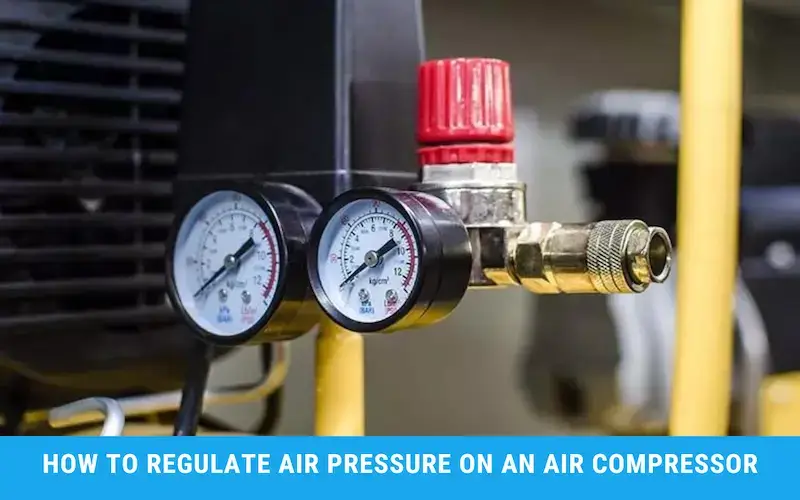
The other switch shuts off the compressor when the reservoir pressure reaches a predetermined level. In order to keep the compressor from shutting down at higher pressures, you must raise the set pressure set point.
Protecting the compressor and the reservoir from excessively high pressure is done by the use of a high-pressure relief valve. The maximum operating pressure of a pneumatic tool is limited by adjusting an air pressure regulator to just below the relief valve set pressure.
What is the difference between an air compressor and a gas compressor
It’s important to know the difference between a gas compressor and air compressor. That will pave the way to find out the alternatives to build an air compressor.
The air compressor cycle is an open cycle, while the refrigeration cycle is a closed one. You can use the suction from the crankcase and atmospheric suction in the refrigeration compressor. Moreover, people use various oils in each crankcase
In both cases, the AC compressor in the unloader is a separate design altogether. As a result of the load, some units are left empty, while others were lifted by a suction valve The majority of the time, air compressors are utilized to lower the motor’s starting torque.
You will find a Labyrinth seal on the air compressor whereas the reciprocating compressor uses a mechanical seal. Also, you will not find any crankcase heater in the air compressor.
The single cutout on an air compressor is for horsepower, not low pressure. Low Lube oil pressure trip occurs in the air compressor while differential Lube oil cutout occurs in the reference compressor. Moreover, you will not have any flywheel in the compressor, whereas the flywheel in the compressor is large.
How to Increase Air Compressor PSI
You can increase the pressure in your air tank by adjusting this shut-off, or upper limit, point. Make sure to check the compressor’s handbook or the manufacturer’s website to see what the safest setting is before adjusting it.
Need to know how to refill co2 tank with air compressor? Check step-by-step guide here.
Step 1: Remove the screws
Remove the screws from the pressure limiter switch cover with a screwdriver. In most cases, the compressor’s lid is made of plastic and has vents on it. It’s typically attached with a single screw in the middle.
Yet, some models use four screws, one in each corner. Remove the compressor’s plastic cover by lifting it up.
Step 2: Twist the screws
Locate the two screws that hold the limiter switches in place. The upper limit adjustment screw is the one with a brass spring twisting out of it that is closest to the switch. To increase the limit, turn the screw counterclockwise.

Step 3: Fine tune the screw
Turn the compressor on and fine-tune the screw until the gauge reads the pressure you want it to. Turn the lower limiter adjustment screw, which is placed next to the upper limiter adjustment screw, to maintain a higher pressure. Increase the compressor’s response time by turning this counterclockwise to make it turn on sooner.
Step 4: Finish it off
Keep the lid off. Connect the tool you use the most to the compressor, and then charge it up. Using the tool, adjust these two screws to see if the limit you’ve established is within your capabilities. Tighten the screws on the cover to secure it in place.
FAQs
What pressure should I set on my air compressor?
Most air compressors and tools require a PSI of around 70-90. Any light or medium air compressor may drive 90 psi easily, but you want your air compressor to deliver more power than it needs. Always keep your PSI rating at the optimum level. The tool will not work properly if you do not provide enough air. Even excessive power may damage the instrument.
How long does it take for an air compressor to build pressure?
An air compressor may take around 2.5 minutes to reach maximum pressure. Most tools successfully work at 90 psi, so do not use tools at pressures above 100 psi. Lack of sufficient pressure can take a long time without reaching the normal cut-off pressure. Poor compressor maintenance and inadequate ventilation can cause it to stop due to overheating. So, always try to operate your compressor at standard runtime for filling the pressure.
Can an air compressor explode?
Rust is the primary cause of exploding an air compressor. It won’t happen soon. It takes some time, as it occurs when water stays in the tank elongates enough to generate excessive corrosion that can sabotage the structural purity of your tank. An overheated compressor can also lead to an explosion, though mechanical damage is more likely. Exceeding the maximum pressure guidelines for a compressor may lead to an outburst in different ways.
Final Verdict
You should use a high-pressure compressor to perform any task that requires additional PSI and constant high pressure, typically around 650 or more. Things have become quite effortless as you know how to build a high pressure air compressor.
Remember to follow the proper maintenance rules and take care of your air compressor. That will extend the lifespan of your compressor.
Most air compressors operate in a vacuum environment that needs lubrication. Check the viscosity and condition of the oil tank and oil.
If you find any leak, drain and discard the oil. Do this every day to keep things running smoothly.
Also, ensure that you are using quality materials to extend the life of your air compressor. Third-party lubricants and replacement parts can damage your air compressor and cost you more.
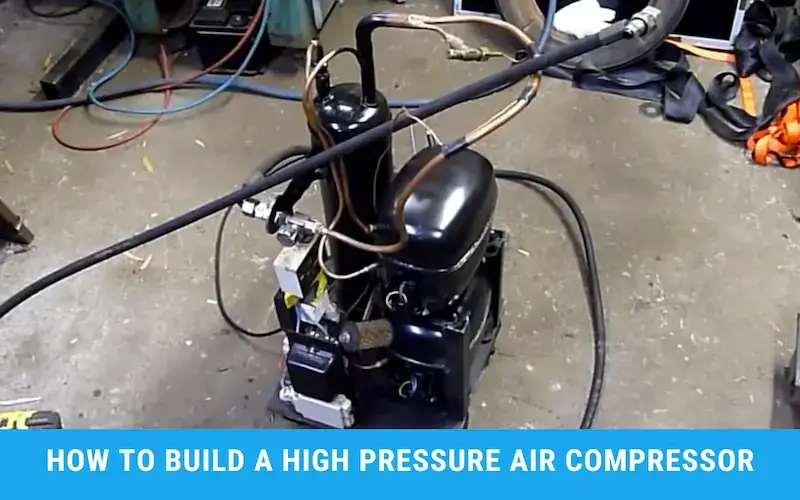
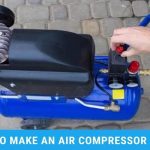
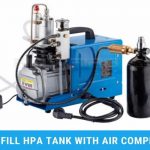
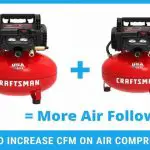
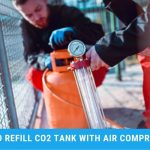

3 thoughts on “How to Build A High Pressure Air Compressor – Step-by-Step Guide”